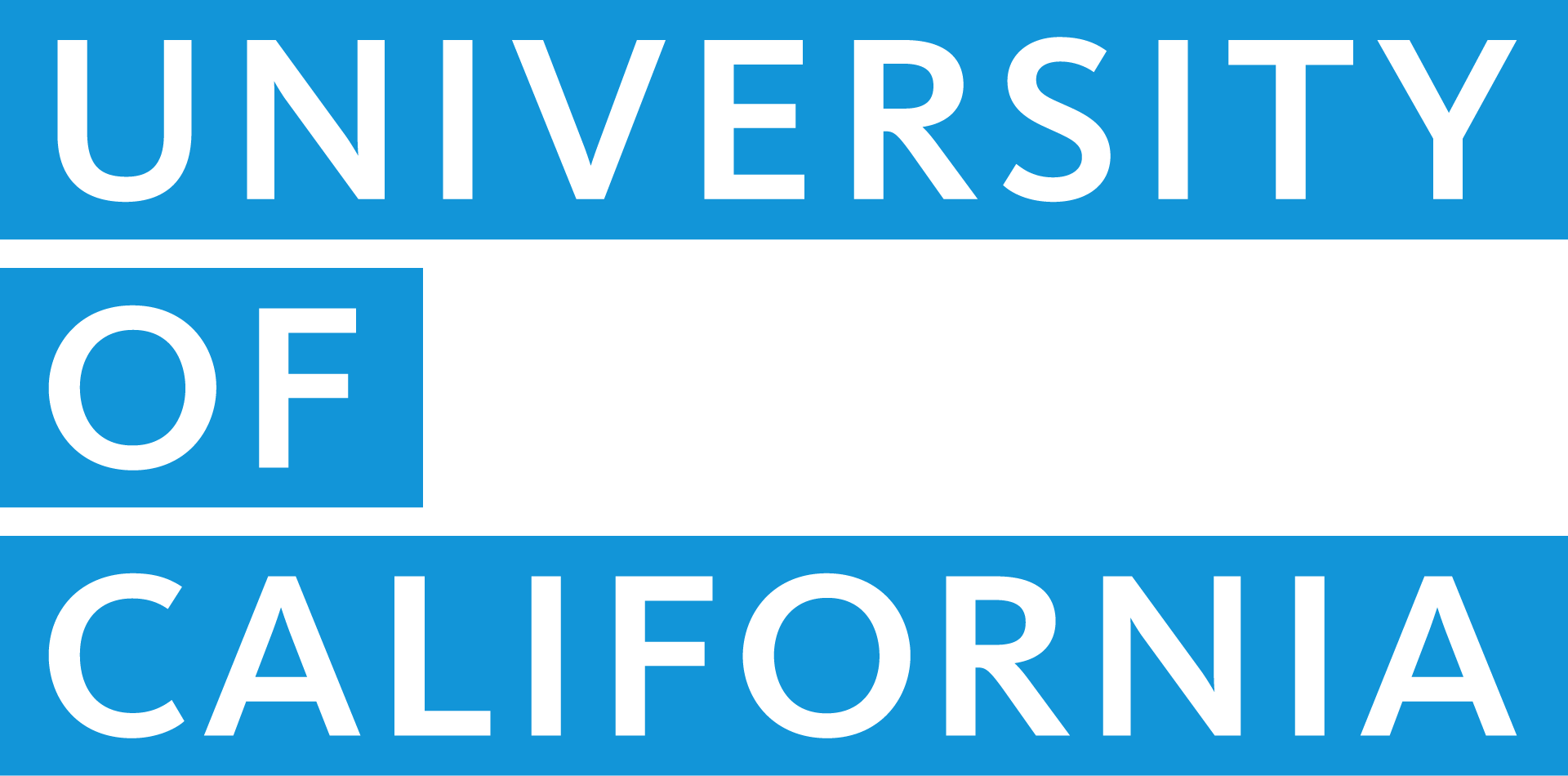Carbon Neutrality Dashboard: Charting our progress to a greener UC
Share This Article

A new systemwide dashboard can increase our understanding of UC’s progress towards a carbon-neutral future.
In 2013, UC launched the Carbon Neutrality Initiative (CNI) — a visionary plan that commits the university to emitting net zero greenhouse gases from its buildings and vehicle fleet by 2025. A new Carbon Neutrality Dashboard, created by staff from UC Davis and UC Santa Barbara with support from colleagues systemwide and funding from the UC Office of the President, charts UC’s progress. Now, members of the UC community and general public can explore UC’s emission reduction strategies in the past, present and future — from 2009 through 2025 — in an accessible and engaging format.
Creating a systemwide dashboard
The Carbon Neutrality Dashboard was inspired by the UC Davis Campus Energy Education Dashboard (CEED), which depicts real-time energy use of call campus buildings. Angela Sanguinetti, Ph.D., research environmental psychologist, and Kiernan Salmon, project manager, were part of the team that created it. When they met Jordan Sager, energy manager at UC Santa Barbara, the three believed that the CEED could be expanded systemwide, and could model a new platform that would provide more transparency around UC’s progress towards carbon neutrality.
“Transparency and awareness are so important, especially among our student populations. People have heard of the CNI, but they might not understand what it really means, what UC is trying to do or what their role is in supporting it.,” says Jordan. “Allowing people to interact with this data in different ways is an important first step towards building awareness and engagement.”
Angela, who is a psychologist by training, likes to think of the behavioral functions of the dashboard — education: creating awareness of what needs to be done; motivation: persuading people that something needs to be done; and action: pointing people towards what they can do.
A striking feature of the dashboard is its depiction of what UC’s emissions would have been without the CNI. “I find it really compelling to see what our emissions would have been if we had just continued on with business as usual,” says Angela. “The reality is that our campuses are continuing to grow, and with this growth comes more emissions.”
Dashboard team members were also conscientious about avoiding more work for local sustainability offices, which have been compiling this data since the mid-2000s. They designed the site to be sourced primarily from Fovea — a long-term carbon management and planning database that campuses were already utilizing for scenario planning and long-term modeling. Once each campus has uploaded its annual projections and associated data set to Fovea, the Carbon Neutrality Dashboard updates automatically with high-level information.
Decoding carbon neutrality
Theoretically, the concept of carbon neutrality is pretty straightforward: To become carbon neutral, UC must offset the same or greater amount of carbon dioxide than it produces. But if you don’t have a background in environmental science or climate research, it can be difficult to envision the nuts and bolts of this process.
UC uses four categories of solutions to address its carbon emissions: renewable energy, biogas, energy efficiency and carbon offsets. The Carbon Neutrality Dashboard shares examples of how each strategy is used; for example, UC Santa Cruz’s East Remote Solar Array is a solar panel parking lot cover that will provide more than three million kilowatt-hours of electricity per year for at least 20 years.
According to Angela, portraying real examples is particularly important when it comes to carbon offsets, as they tend to be more difficult for those outside the clean energy field to understand. “Some people have a preconception that carbon offsetting is just throwing money at a problem,” she says. “But UC’s carbon offset partners and choices are thoughtful and impactful.” An example shared within the dashboard is UC Santa Barbara’s partnership with Unite to Light, through which the university expands the availability of solar lights in Tanzania and other countries that typically use kerosene lamps.
No two locations are alike, and the emissions map includes factors that contribute to greater emissions, such as campus size (population and square footage) as well as medical centers.
Jordan notes that the dashboard highlights the diversity in mitigation measures employed by the campuses. In the case of natural gas: Some campuses bring it on-site to generate power; others combust it for distribution of heating; some do both and others don’t do either. “Each campus is grappling with its own unique challenges, including costs and operational concerns. You can see the differentiated experiences in the approaches they are taking to addressing carbon neutrality,” he says. “We have a number of systemwide projects and initiatives to make progress toward carbon neutrality — including purchasing and creating biogas — but there are no one-size-fits-all solutions. Each campus has a different stake in each program depending on operational needs and priorities.”
What can be done looks different for the different stakeholders, explains Angela. Students are looking for different takeaways than campus sustainability officers, the latter of whom are able to access collective data in one place for the first time. “We are trying to boil things down in a way that simplifies, that clarifies and that brings people together,” says Angela. “It’s been so great to showcase the amazing work that campuses are already doing and to inspire more opportunities for campuses to work together and to feel good about what they’re doing.”
How to use the Carbon Neutrality Dashboard
Explore the Carbon Neutrality Dashboard for yourself at cnidashboard.ucop.edu
- Homepage/Our Journey tab: Get an overview of the CNI, watch an animated video of UC emissions over time and see UC’s overall journey to carbon neutrality.
- Emissions Map tab: Explore emissions by location, including filters to account for square footage, campus population and medical centers.
- Solutions tab: Explore by campus to see each location’s breakdown of carbon reduction strategies. Or, explore by stories to read case studies of how each strategy has been implemented locally.
